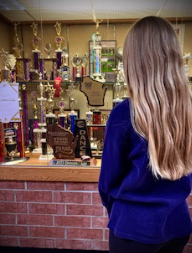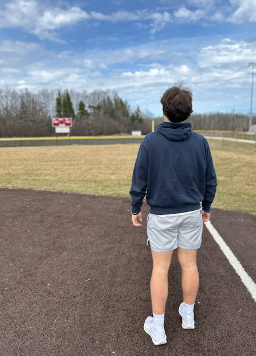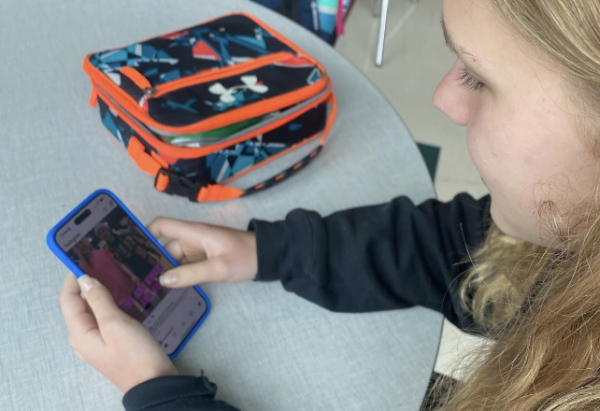Remembering the history of the Highlander
Click on the image above to view the Steller Story.
Every day, students pass underneath the Highlander Walkway, ducking into the school to escape the cold, the rain or the snow. They hardly notice the flags set against the sky, or the proud symbol of the mighty Highlander set against the building. Few people stop to think of the history of the ground they’re walking on.
The 80-acre parcel of land the school sits on was purchased in 1958 from the Frank family, according to History of Thiensville, Bicentennial Edition by Harry C. Steffan. The well preserved land was in the Frank family for over 100 years, after Anna and Peter Frank bought it from the US government following the Black Hawk War of 1832. After facing defeat in the Black Hawk War, the Native Americans relinquished their land via treaty, and the 80 acres came into the possession of the Franks, signed by President John Tyler, and purchased for $1.25 an acre.
Shortly after the land was purchased, “the school opened its doors in 1959 [to] only freshmen and sophomores, and the first group of graduates left in 1962,” Mr. Robert Blazich, president of the Mequon-Thiensville Historical Society, said. According to MTSD’s Homestead website, “The original building included the present 100, 200, 400 and 500 wings along with a main gymnasium, large cafeteria, little theatre, band and chorus rooms.” Additions started being constructed less than ten years later.
The Scottish mascot and school identity are not tied to the grounds at all. “As I understand it, the Highlander name [and mascot] have no historical significance,” Mr. Blazich said. According to Mrs. Cindy Bock, who worked on the History of Homestead for the 50th anniversary, the Class of ’62 preferred the name Colts (because the football team was successful then) but the School Board decided on Highlanders because the school sits on high ground (like the Marquette Hilltoppers). “Dr. Campbell [the first principal] was Scottish so we ended up with the Scottish Highlander and the tartan plaid,” Mrs. Bock said.

Janae Brown is an introvert. Ask anyone. She comes to class, sits at her computer, and gets her job done with as little talking as possible. But on the...










